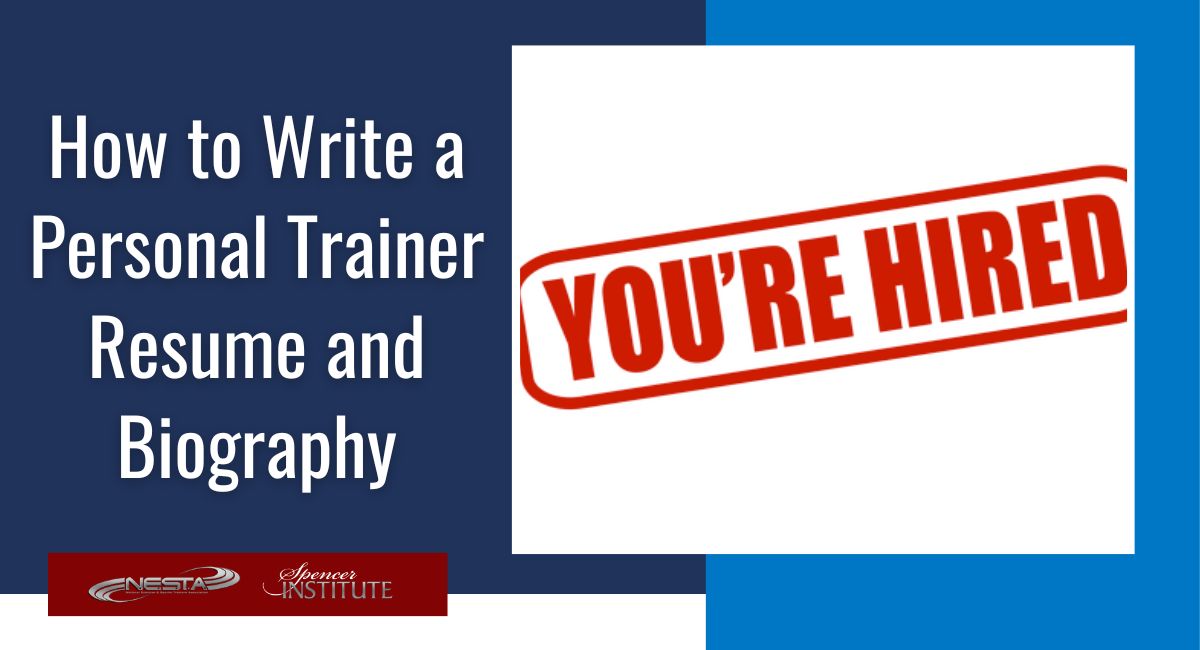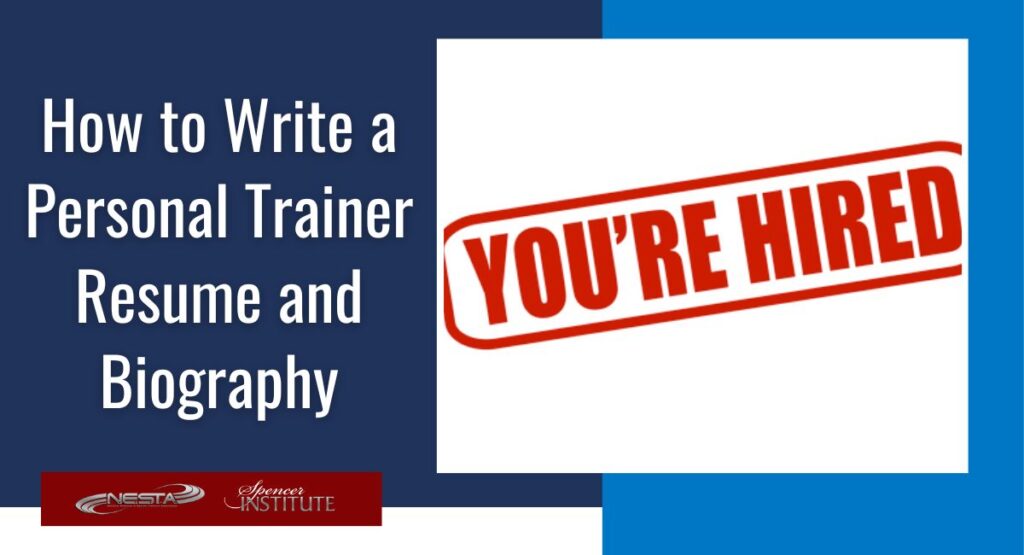 Personal trainers play a crucial role in the fitness industry by helping individuals achieve their fitness goals. A personal trainer’s resume reflects their professional skills, expertise, and achievements, making it essential to showcase their experiences and accomplishments to stand out in the competitive job market. Let’s discuss what a personal trainer should include in their resume and biography to land their dream job.
Personal trainers play a crucial role in the fitness industry by helping individuals achieve their fitness goals. A personal trainer’s resume reflects their professional skills, expertise, and achievements, making it essential to showcase their experiences and accomplishments to stand out in the competitive job market. Let’s discuss what a personal trainer should include in their resume and biography to land their dream job.
Your Personal Trainer Resume
- Objective Statement: An objective statement is the first thing that catches the attention of the employer. It should highlight the personal trainer’s career goals and their experience in the industry. The statement should be concise and specific to the position they are seeking.
- Education and Certifications: Personal trainers must have a certification which is NCCA accredited. Some trainers may also have a degree in a related field such as exercise science, kinesiology, or sports medicine. NOTE: 99% of the time, a degree is not needed. The education and certifications section should list all relevant degrees, licenses (most often not needed), and certifications that the personal trainer has obtained. It should also include the name of the institution and the date of graduation. NESTA offers you an NCCA-accredited Personal Fitness Trainer Certification which is excepted worldwide.
- Professional Experience: The professional experience section should detail the personal trainer’s previous work experience, including the name of the gym, health club or fitness center, the job title, and the duration of employment. The section should also highlight the personal trainer’s duties, responsibilities, and achievements in their previous roles – both primary and secondary. You can even include your experience if you built a home gym and train clients in your home.
- Skills: Personal trainers will want to have a broad range of skills to excel in their profession and income opportunities. The skills section should highlight your technical skills, such as knowledge of exercise techniques, equipment, and safety protocols. Additionally, personal trainers should have excellent interpersonal skills, such as communication, motivation, and empathy. You can also include skills you’ve developed as a participant in other sports such as triathlon, running, cycling, hiking, etc.
- Awards and Recognition: Awards and recognition highlight a personal trainer’s achievements and demonstrate their commitment to excellence. It is essential to include any awards, recognition, or accolades received in the fitness industry.
Here Are Things You Should Consider When Writing Your Personal Training Biography
First, let’s talk about the difference between a résumé and a biography. A résumé is something that you would submit to a potential employer for them to consider you for employment at a particular facility as an example. Your biography is something that would appear on your social media, blog, or LinkedIn account. Although, LinkedIn may have an area specific for your résumé as well. There are similarities and distinct differences. A résumé is often very segmented and has a given structure. A biography is more of a narrative and a longer paragraph format.
- Personal Background: The biography should start with a brief personal background, including the personal trainer’s name, age, and location. Additionally, the biography should highlight the personal trainer’s passion for fitness and how they became interested in the industry.
- Professional Experience: The biography should provide an overview of the personal trainer’s professional experience, highlighting their key accomplishments, and how they have helped their clients achieve their fitness goals.
- Training Philosophy: Every personal trainer has a unique training philosophy that sets them apart from others. The biography should detail the personal trainer’s training philosophy and how it helps their clients achieve their fitness goals. Additionally, the biography should highlight any specific techniques or methodologies that the personal trainer uses to train their clients.
- Client Testimonials: Client testimonials are an excellent way to showcase a personal trainer’s effectiveness and impact on their clients. The biography should include testimonials from satisfied clients, highlighting their experience working with the personal trainer and how they have helped them achieve their fitness goals.
- Community Involvement: Community involvement is an essential aspect of the fitness industry. Personal trainers should be involved in their local community and be committed to promoting health and wellness. The biography should highlight any community involvement or charitable work that the personal trainer has participated in.
Your resume and biography should highlight your professional experience, education, certifications, and skills. Additionally, your biography should provide an overview of your philosophy and client testimonials to demonstrate your effectiveness in helping clients achieve their fitness goals. By showcasing your experience, achievements, and unique training philosophy, you will stand out in the competitive job market and attract clients who are looking for a qualified and experienced personal trainer.
If you’re new to the fitness industry, you will want to first earn your NESTA NCCA Accredited Personal Fitness Trainer Certification.






